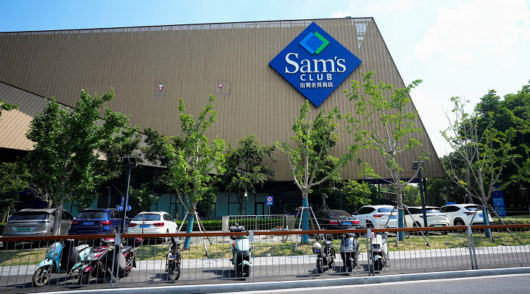Eliminate the stress of manual transport routing, slash transport costs, boost operational efficiency, and enhance traceability and visibility. Easier said than done? Not anymore.
If you manage or influence customer deliveries, if you haven’t done so, implementing optimised transport route planning is a game-changer for your bottom line.
Why?
1. Maximise utilisation: Optimise routes to fully utilise vehicles and drivers.
2. Cut costs: Minimise distance and travel time, lowering cost per order.
3. Handle peaks: Efficiently manage seasonal surges like Christmas peaks.
4. Enhances customer experience: Provide traceability to improve reporting.
How?
1. Automate planning: Reduce planning time with automated route planning.
2. Focus on utilisation: Deliver more with the same resources.
3. Increase customer satisfaction: Provide accurate delivery promises to customers.
To reduce overall transport costs, you need to:
1. Maximise utilisation and allocation of the vehicle fleet.
2. Align and optimise both loading/unloading and driver time allocation.
3. Improve transport process efficiency by aligning warehouse, transport and customer.
4. Implement a system that reduces the overall planning time.
Key factors to consider in transport planning:
• Operating start and end times – include warehouse and transport.
• Pick-up and delivery locations – include dock schedules.
• Customer delivery windows vs customer opening times.
• Delivery location constraints – include vehicle size, height restriction, and unloading capacity.
• Vehicle capacity based on product type, including axle-load balancing.
• Vehicle availabilities – include maintenance.
• Driver schedules and breaks – including hours worked and pending leave.
• Road network conditions – include closures and roadworks.
Manual transport planning and carrier allocation takes time and increases errors, often relying on a “looks right” approach. Route planning solutions eliminate these issues and automate the process. This automation will reduce the overall processing time that often allows a significant step-change to the operations such as bringing forward loading and despatch time availability.
And, with an automated plan, extend it easily to include:
• Automated carrier allocation.
• Driver checklists.
• Delivery tracking.
• Proof-of-delivery apps.
• Real-time visibility and reporting.
• Full integration with your core business systems.
As market demand for faster and more consistent deliveries grows, reducing delivery costs through improved efficiency is crucial. Transport planning and optimisation technologies are strategic investments for a more efficient and profitable future. These solutions are flexible and scalable, allowing you to start small and expand as needed.
In today’s high-tech world, many robust, proven solutions in the market offer various operational and functional specialities to suit your requirements. If you are looking, and need assistance, Argon & Co has the expertise to assist your business in undertaking a review, selection and implementation and would be happy to help you on your journey. Check out our full end-to-end Logistics & Distribution services here.
About the author: Jamie Stewart is lead consultant at Argon & Co, Australia.






